Bacteriology, << bak `tihr` ee OL uh jee, >> is the study of single-celled organisms called bacteria. Some kinds of bacteria cause serious diseases, such as leprosy and tuberculosis. But many kinds are helpful. For example, some bacteria keep our environment clean by helping dead organisms decay. Bacteriologists study harmful bacteria to determine the exact way they cause disease so that better vaccines can be developed. They study helpful bacteria to learn to use and control them.
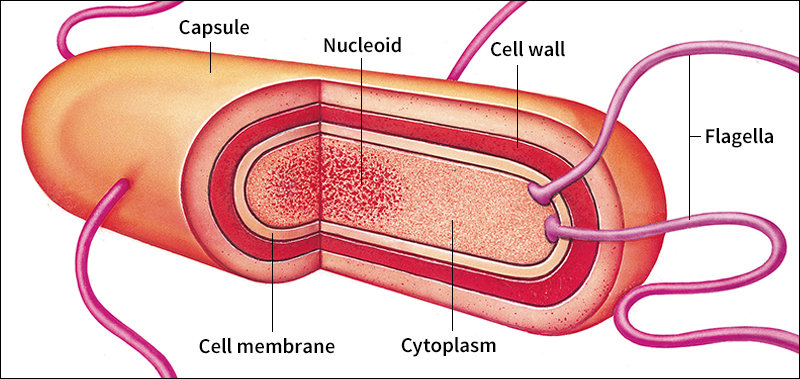
Studying bacteria.
To establish that a certain bacterium causes a particular disease, bacteriologists follow four basic steps. These steps are called Koch’s postulates, after the German physician Robert Koch, who formulated them in the late 1800’s. The steps are: (1) Pathogenic (disease-causing) bacteria are taken from diseased animals. (2) The pathogenic bacteria are isolated and grown in a laboratory. (3) The laboratory-grown bacteria are injected into experimental animals. (4) Bacteria are isolated from the diseased experimental animals and shown to be the same kind as the original bacteria.
Bacteria grown in a laboratory must have a constant supply of food for growth. Bacteriologists must also be able to grow one particular strain (variety) of bacteria at a time. Substances used for growing bacteria in the laboratory are called culture media. Scientists can make a culture medium somewhat solid by adding agar, which is obtained from stems of certain seaweeds. Agar dissolves in boiling water and forms a gel (jellylike substance) when cooled to about 40 °C (104 °F). Such food substances as blood, meat extract, salt, and sugar are added to agar for growing bacteria. Individual bacteria can be deposited on solidified agar by streaking it with materials containing bacteria. Millions of bacteria of a single type may then grow from each bacterium.
After a particular strain of bacteria has been isolated and grown, bacteriologists place some of the bacteria on a glass slide and study them under a microscope. They may also apply certain stains to the bacteria on the slide so they can be more easily seen and identified. If the bacteriologists want to study the interior of a single bacterium, they may prepare a sample from a culture to study under an electron microscope.
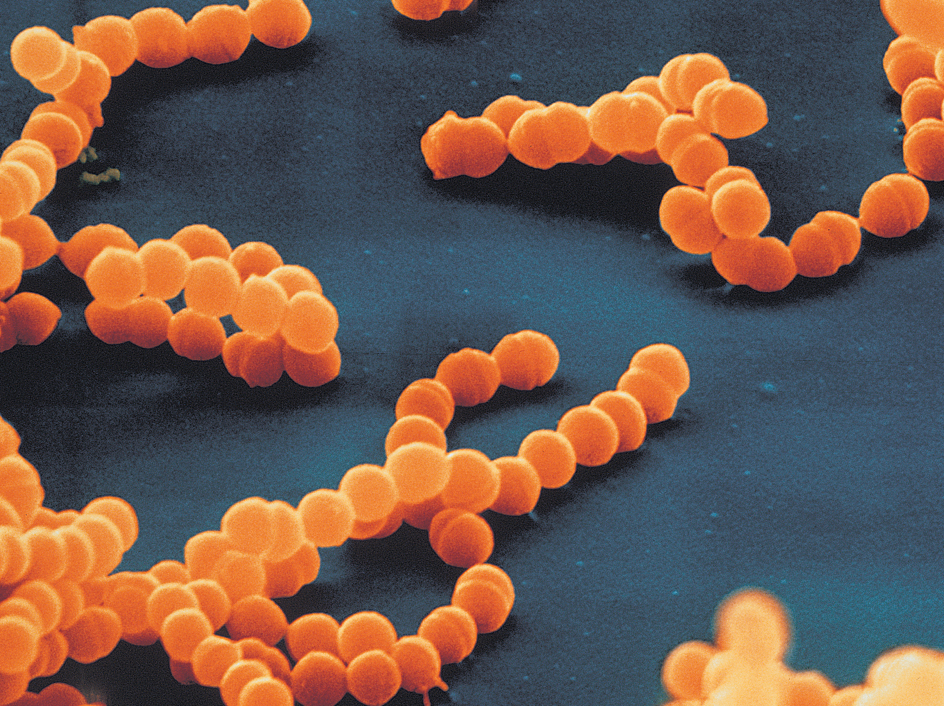
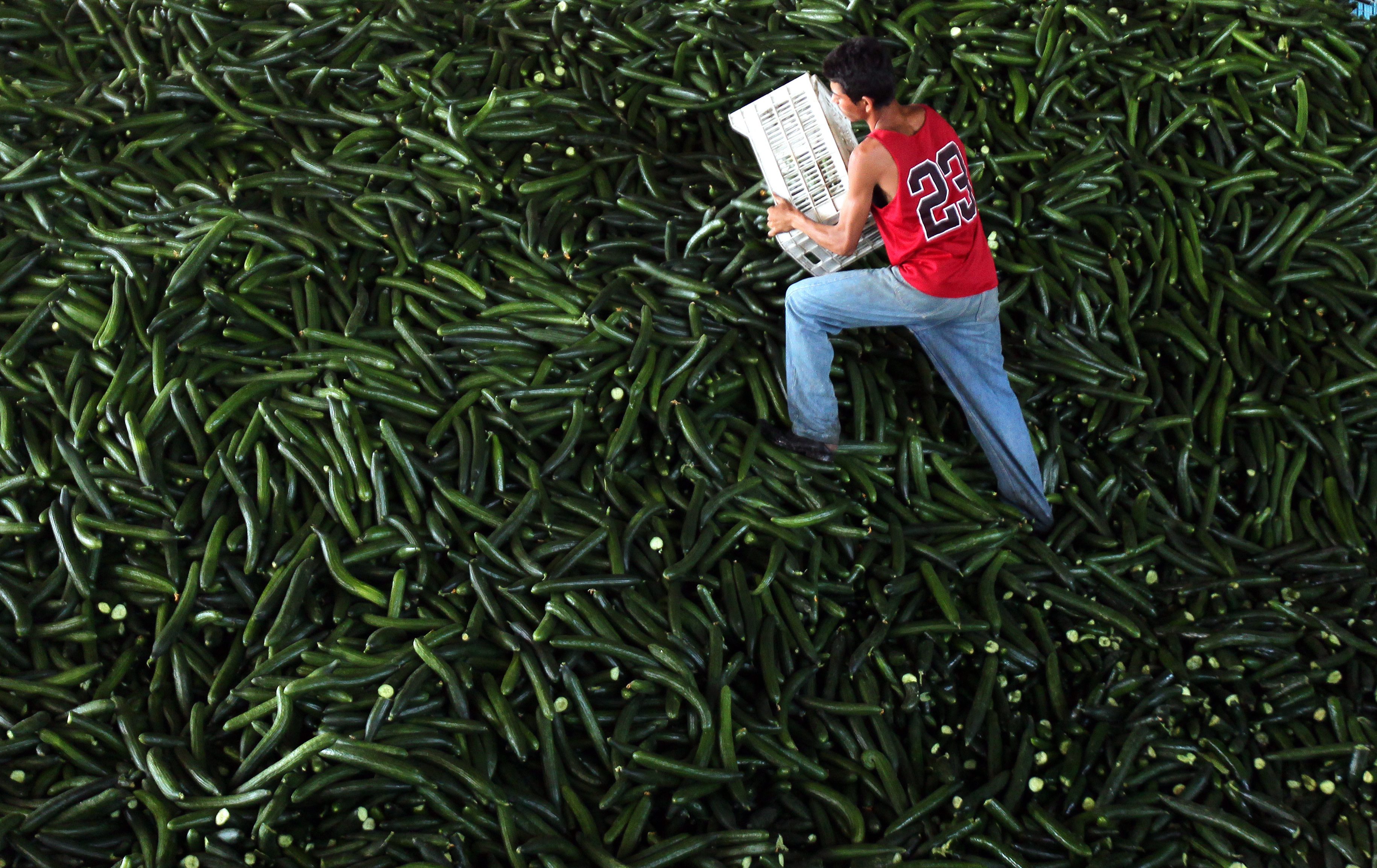
Controlling bacterial diseases.
Many bacterial diseases can be prevented by vaccines. Vaccines are made in different ways, depending on what kind of bacteria causes the disease. There are three main types of vaccines. One type is made from live bacteria, and another from killed bacteria. The third type is made from inactivated poisons produced by bacteria.
Certain pathogenic bacteria become harmless after they have been grown for a while in a laboratory. When these harmless, living bacteria are injected into animals, the animals become resistant or immune to the disease caused by that strain of bacteria. In the late 1900’s, scientists in India developed a leprosy (Hansen’s disease) vaccine that contains living but harmless bacteria. Killed bacteria of certain strains can also be used for vaccines. Doctors vaccinate most people against whooping cough with bacteria that have been killed by heat or chemicals.
Certain bacteria cause diseases because they produce powerful toxins (poisons). Vaccines to prevent some of these diseases can be made by growing the bacteria in a laboratory, isolating the toxins they produce, and inactivating the toxins with heat or chemicals. Doctors vaccinate most people against diphtheria and tetanus with vaccines made of inactivated toxins. Scientists also can make vaccines through genetic engineering techniques that alter the genes (hereditary material) or combinations of genes in bacteria (see Genetic engineering). 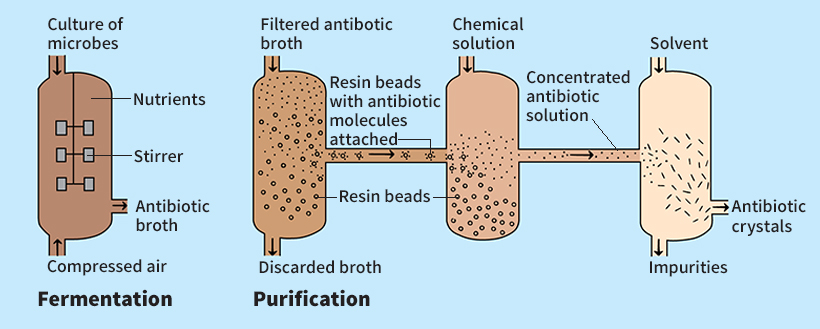
Some bacterial diseases can be controlled in ways other than vaccination. Modern methods of treating sewage, preserving food, and purifying water have greatly reduced the spread of certain bacterial diseases. For example, typhoid fever, which is usually spread in impure water, has been nearly eliminated in many countries. Another important way of controlling and curing bacterial disease is with drugs called antibiotics.
History.
Bacteria were first seen in the mid-1670’s by Anton van Leeuwenhoek, a Dutch amateur scientist. Although his microscopes were crude, he accurately described various bacteria. He is often called the father of bacteriology.
Work by Louis Pasteur and Robert Koch helped develop bacteriology as a science in the late 1800’s. Pasteur, a French chemist, showed that bacteria cause fermentations (chemical changes), such as the souring of milk or the changing of wine into vinegar. He also identified bacteria that cause certain fermentations. Koch was the first bacteriologist to show that specific bacteria cause certain diseases. He found that the bacterium Bacillus anthracis causes anthrax in cattle and in people. In addition, Koch discovered that the rod-shaped bacterium Mycobacterium tuberculosis causes tuberculosis.
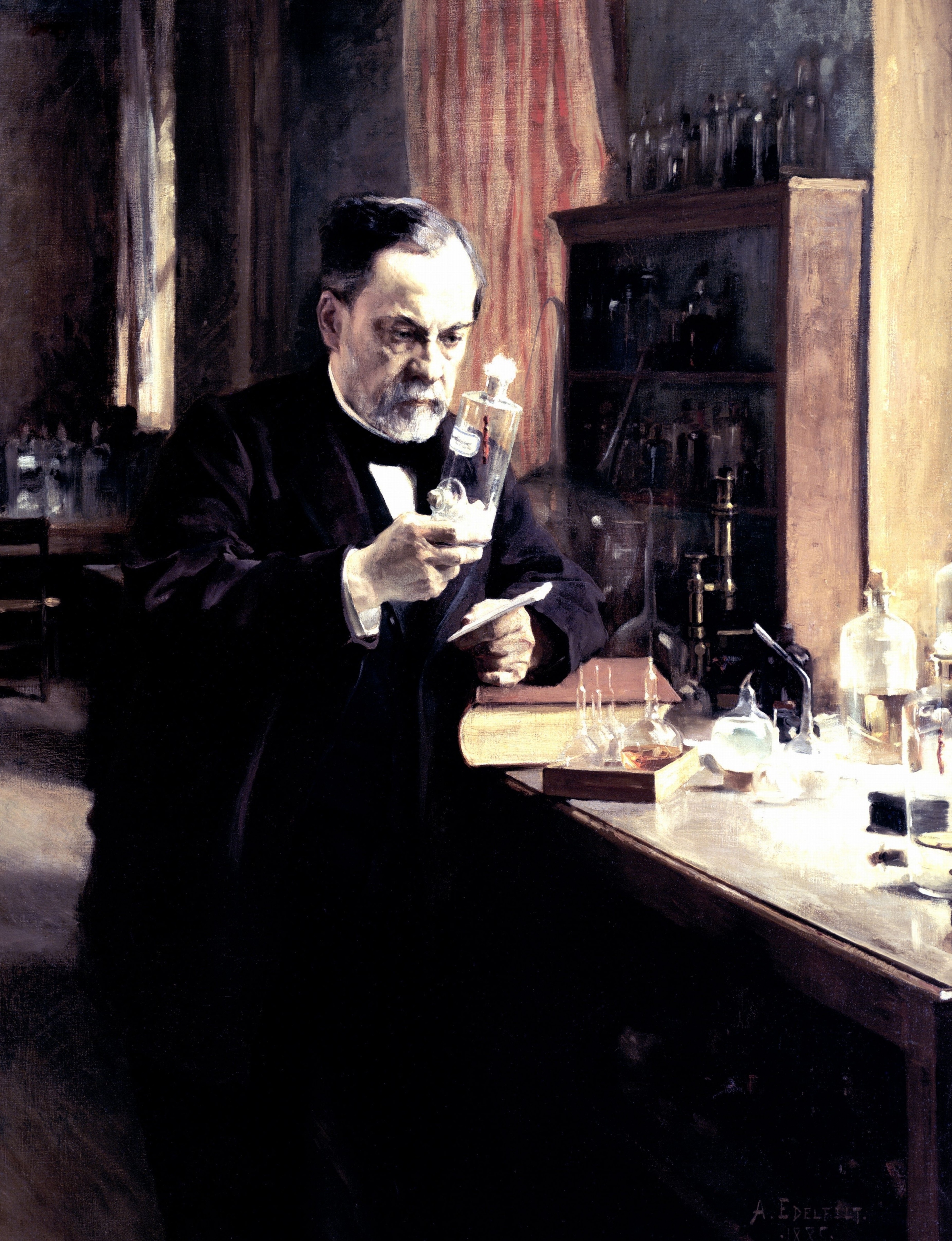
The development of the electron microscope in the 1930’s enabled bacteriologists to study the interior of bacterial cells. Today, bacteriologists work with bacterial genes to learn more about how bacteria cause disease. They also study ways of using bacteria to help control water pollution and to treat sewage and industrial wastes.

